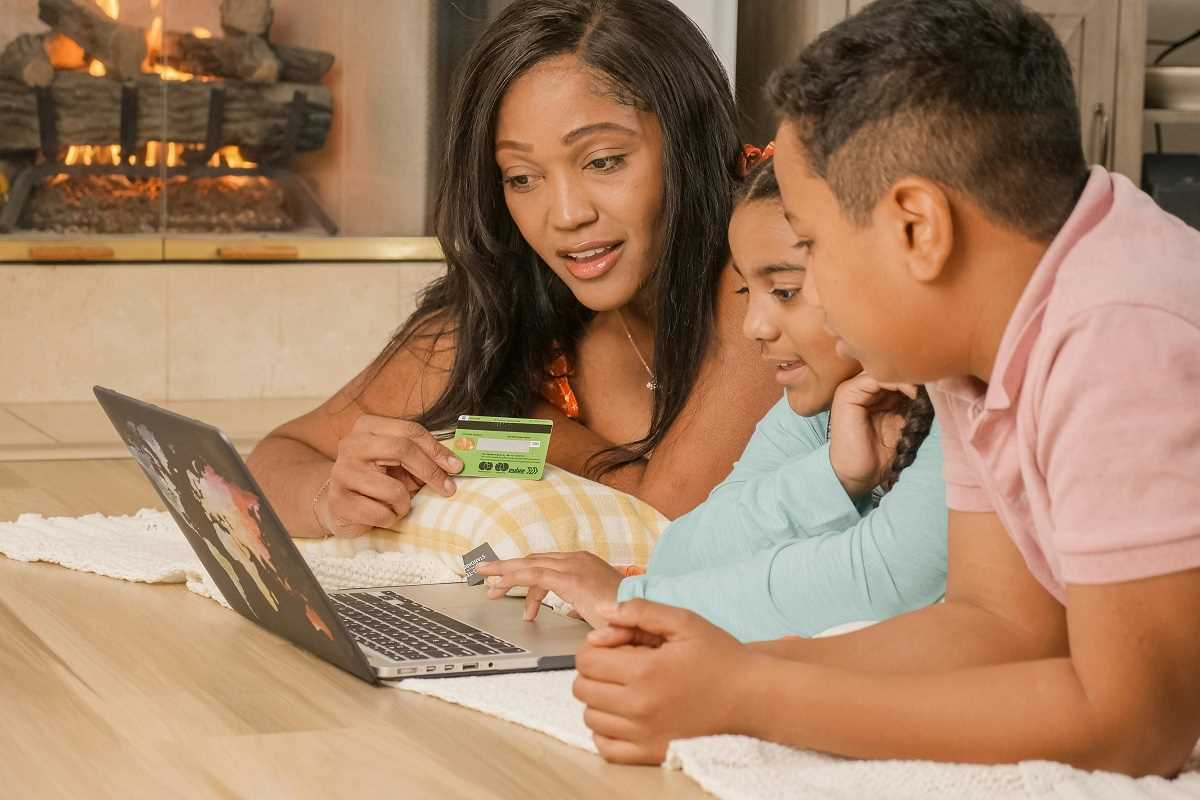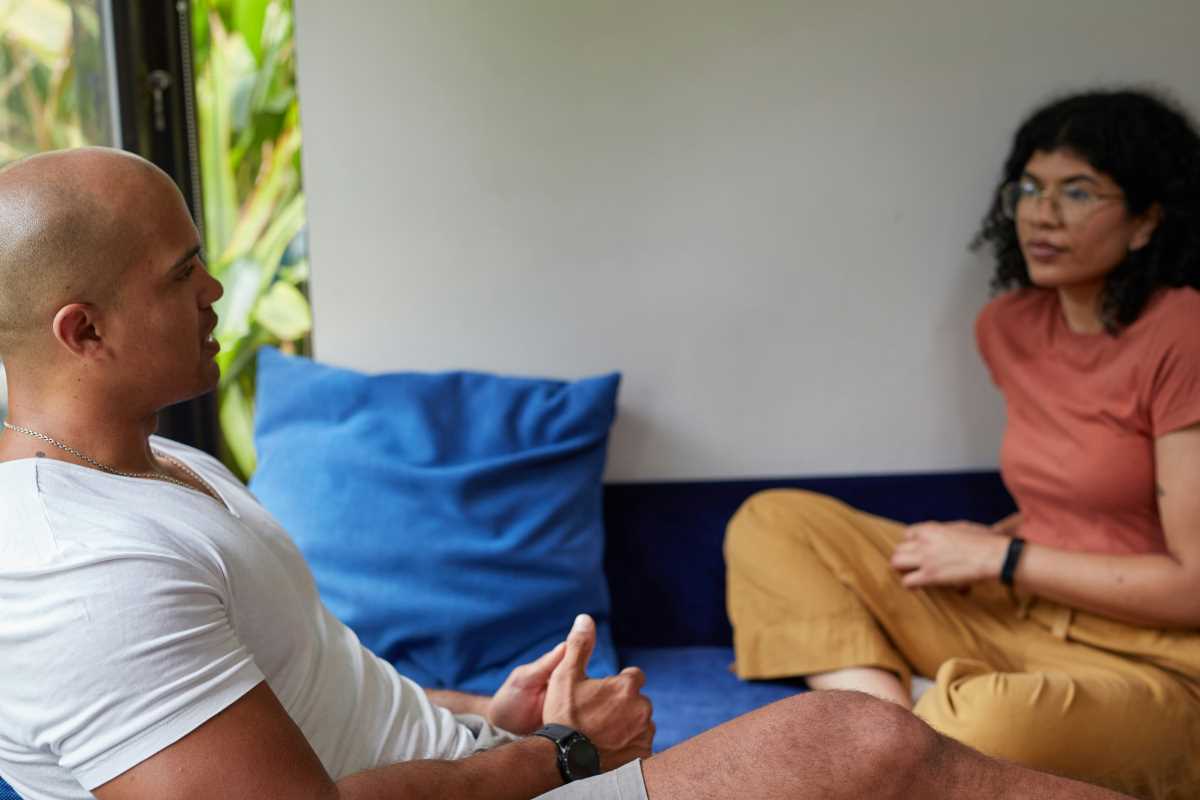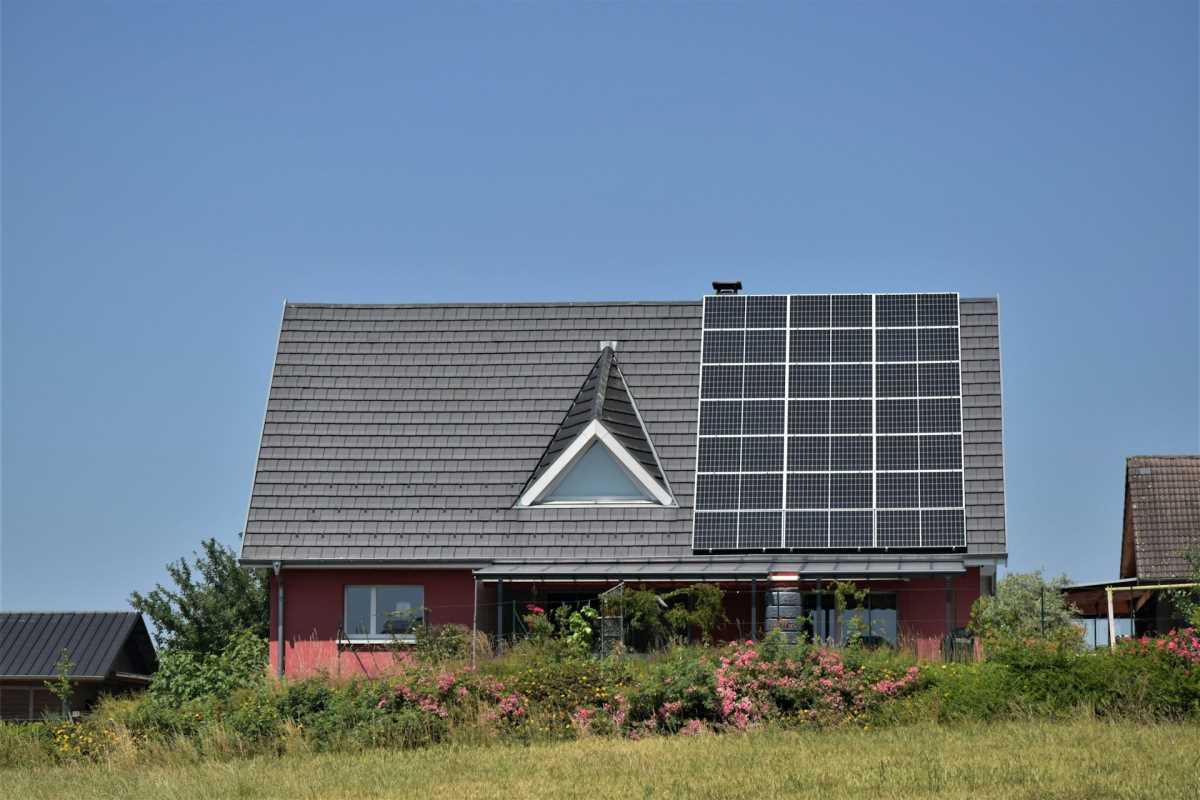Building healthy habits is one of the most important lessons you can teach your children, and as a homeschooling family, you have a unique opportunity to weave these practices into the very fabric of your daily life. Creating wellness routines that you can do together not only improves everyone's physical and mental health but also strengthens your family bond, turning everyday moments into opportunities for connection and growth.
Why Family Wellness Matters
Wellness isn't just about avoiding sickness; it's a proactive approach to living a healthy, balanced life. It covers three key areas: physical, mental, and emotional health. When you address these pillars as a family, you're building a foundation of well-being that can last a lifetime. For homeschooling families, integrating wellness routines can be a natural extension of your educational philosophy, providing hands-on lessons in biology, psychology, and personal development.
The benefits are immense. Physically, you're encouraging strong bodies and reducing the risk of health problems later in life. Mentally, you're teaching resilience, focus, and stress management skills. Emotionally, you're creating a safe space for open communication and mutual support. Most importantly, you are doing it together. These shared experiences become cherished memories and reinforce the idea that health is a team effort.
Pillar 1: Physical Wellness - Moving Together
Physical activity is often the first thing people think of when they hear "wellness," and for good reason. Regular movement is crucial for strong bones, healthy hearts, and maintaining a healthy weight. But it doesn't have to mean structured, hour-long workouts at a gym. For families, the key is to make it fun and consistent.
Integrating Movement into Your Homeschool Day
- Brain Breaks: Instead of just letting kids scroll on a device during a break from lessons, make it a "movement break." Put on a favorite song and have a five-minute dance party. Do a series of stretches. Challenge each other to see who can do the most jumping jacks in a minute. These short bursts of activity can actually improve focus and retention when you return to schoolwork.
- Active Learning: Turn lessons into physical activities. Learning about measurements? Go outside and measure distances by walking them. Studying biology? Take a nature walk or hike to identify different plants and animals. Physical education can be more than just a subject; it can be a way of learning.
- The Family Walk: This simple activity is one of the most powerful wellness tools you have. A daily walk after dinner or in the morning provides gentle exercise and a perfect opportunity to talk. You can explore your neighborhood, a local park, or a nearby trail. It’s a low-impact activity that family members of all ages can enjoy. Let the kids take turns choosing the route to give them a sense of ownership.
Weekend Adventures
Weekends offer more time for bigger activities. Think of these as mini-adventures that the whole family can look forward to.
- Bike Rides: Explore local bike paths or parks. It's a great way to see your community from a new perspective.
- Hiking: Start with easy, well-marked trails and gradually work your way up to more challenging ones as your family's fitness improves.
- Family Sports: Head to a park for a casual game of soccer, frisbee, or catch. The goal isn't competition, but participation and fun.
Pillar 2: Mental Wellness - Nurturing Calm and Focused Minds
Mental wellness involves managing stress, practicing mindfulness, and keeping your minds sharp and engaged. In a busy homeschooling household, it's easy for everyone's minds to feel cluttered and overwhelmed. Building routines to calm the mental noise is essential.
Mindfulness for the Whole Family
Mindfulness is simply the practice of paying attention to the present moment without judgment. It sounds simple, but it can be transformative.
- Mindful Minutes: Start your homeschool day with one or two minutes of quiet. You can all sit together and focus on your breathing. For younger kids, you can use visuals, like asking them to pretend to smell a flower (inhale) and then blow out a candle (exhale). This simple practice can set a calm tone for the day.
- "Notice Five Things": This is a great mindfulness exercise you can do anywhere. Stop what you're doing and have everyone name five things they can see, four things they can feel, three things they can hear, two things they can smell, and one thing they can taste. It grounds everyone in the present moment and pulls them away from worries or distractions.
- Gratitude Practice: At the end of the day, perhaps around the dinner table, have each family member share one thing they were grateful for that day. This shifts the focus toward the positive and helps cultivate an optimistic outlook. It teaches children to appreciate the small joys in life.
Reducing Screen Time
While technology is a valuable tool, excessive screen time can negatively impact mental health, affecting sleep and concentration.
- Tech-Free Zones: Designate certain areas of the house, like the dinner table or bedrooms, as screen-free zones.
- Scheduled "Unplug" Time: Have a specific time each day when all devices are put away. Use this time for reading, playing a board game, or simply talking. This models healthy tech boundaries for your children.
Pillar 3: Emotional Wellness - Building Connection and Resilience
Emotional wellness is about understanding and managing your emotions, building empathy, and fostering healthy relationships. Creating a home where children feel safe to express their feelings is one of the greatest gifts you can give them.
Creating a Culture of Open Communication
- Family Check-ins: Make it a regular routine to check in with each other. This can be informal, like asking "How are you feeling today on a scale of 1 to 10?" It opens the door for deeper conversations if someone is struggling. Reassure your children that all feelings are valid, even uncomfortable ones like anger or sadness. The goal is to learn how to manage them constructively.
- "Rose, Thorn, Bud": This is a popular and effective check-in method. Each person shares their "rose" (a highlight or success), their "thorn" (a challenge or something difficult), and their "bud" (something they are looking forward to). It provides a structured way to talk about both the good and the bad parts of the day.
Cooking and Eating Together
The simple act of preparing and sharing a meal is a powerful bonding activity.
- Get Kids Involved: Let children of all ages participate in the kitchen. Younger kids can wash vegetables or stir ingredients, while older kids can help with chopping and reading recipes. This teaches them valuable life skills and makes them more invested in the food they're eating.
- Family Dinners: Make sitting down for dinner together a non-negotiable routine as often as possible. This shared time is perfect for conversation and connection. It reinforces the family unit and provides a predictable, stable point in a busy day.
Putting It All Together: A Sample Family Wellness Schedule
You don't need to implement everything at once. Start small and build from there. Here’s what a wellness-focused day might look like:
- Morning (7:30 AM): Start with a 2-minute family breathing exercise.
- Mid-Morning (10:30 AM): Take a 15-minute "brain break" for dancing or stretching.
- Lunch (12:30 PM): Eat together, screen-free.
- Afternoon (3:00 PM): End the "school" day with a family walk around the neighborhood.
- Dinner (6:00 PM): Cook and eat together, sharing your "rose, thorn, and bud" for the day.
- Evening (8:00 PM): Unplug from devices. Read books, play a board game, or just talk.
Wellness is a journey, not a destination. There will be days when things don't go as planned, and that's okay. The goal is progress, not perfection. By intentionally weaving these simple routines into your family life, you are not just teaching your children about health; you are building a resilient, connected, and thriving family unit.
 (Image via
(Image via





